

June 26, 2024
Niger faces unique agricultural challenges. The vast expanse of the Sahara Desert dominates the northern part of the country’s landscape, creating an environment of relentless heat and aridity. The climate in the southern part is of the type known as Sahelian, which is characterized by a single, short rainy season. Amidst these harsh conditions, agriculture remains central to the nation’s economy, with over 80% of the population relying on it for their livelihood. Currently, not many existing technological solutions address the specific needs of Niger’s Saharan and Sahelian environments. Farmers need innovative solutions to combat droughts, a rapidly changing climate, and outdated practices to ensure the success of their national agricultural sector.
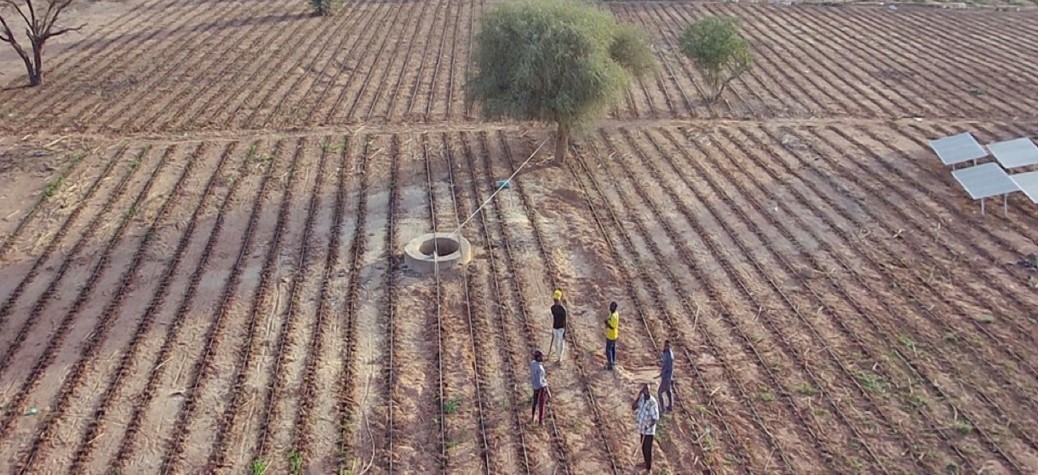
Mr. Abdou Maman Kane is the founder of TECH-INNOV, a firm that has developed a remote-controlled irrigation, energy and soil health technology adapted to the particular needs in local semi-arid agro-forestry and agricultural land management, common to much of Niger and large parts of West Africa.
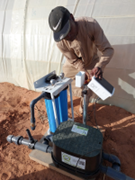
This innovative system named “Wahaless Smart Farming integrates a digital tool (Tele-Irrigation 2.0) and smart technology through collection and monitoring of climate data (CO2, CH4, etc.). Such innovative approaches to agriculture in stress-prone agro-ecological conditions can be an important factor in supporting agricultural development in the country.
This prize-winning technology has also been featured in the WIPO Green Technology Book for Climate Change Adaptation. In this article, we interview Mr. Maman.
Mr. Abdou Maman Kane: Farmers in arid and semi-arid regions like Niger grapple with harsh realities like frequent droughts and a rapidly changing climate. Existing technological solutions often fail to address the unique challenges of the Sahel, a region in Africa particularly vulnerable to these issues. Despite these difficulties, agriculture remains crucial, employing over 80% of Niger’s population.
That said, land in arid and semi-arid zones hold a surprising secret: immense potential to combat climate change. These regions function as hidden “carbon sinks” which store significant quantities of organic carbon within their soils. Estimates suggest the areas hold nearly 30% of the world’s total soil organic carbon. This is nearly equivalent to the carbon stored in all terrestrial vegetation combined.
The aridity of these soils also allows trapped carbon to remain sequestered for much longer periods compared to other environments. These unique characteristics position the region as battlegrounds in the fight against climate change. Scientists view them as potential “reservoirs of the future” for carbon storage.
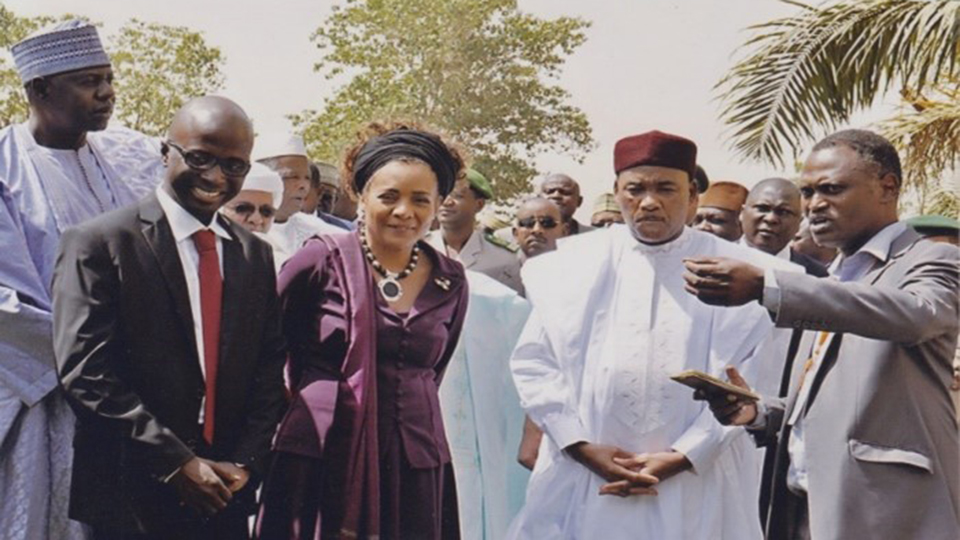
Mr. Abdou Maman Kane: Wahaless Smart Farming takes a holistic approach, merging modern tools with traditional agricultural practices specifically adapted for arid environments. The system comprises three main components:
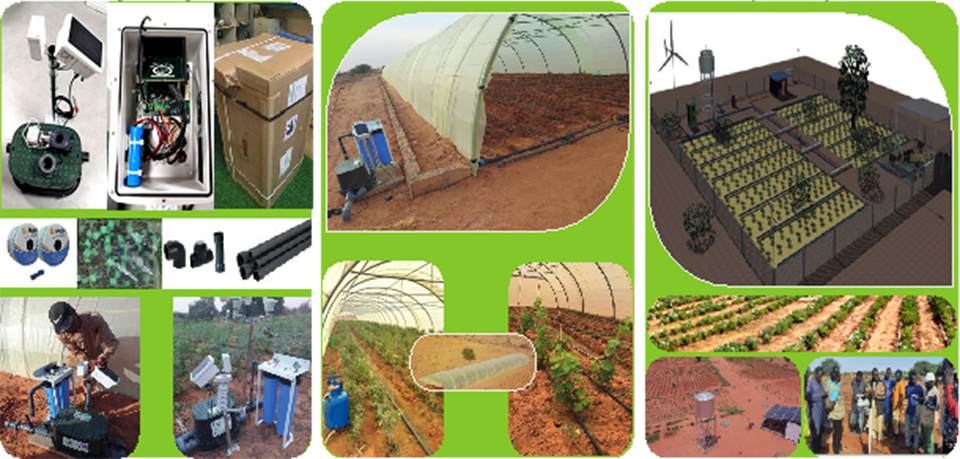
Mr. Abdou Maman Kane: Wahaless Smart Farming prioritizes small-scale farmers, particularly those in the Sahel region. These farmers are often overlooked by technological advancements and are disproportionately affected by climate change. They require modernized production systems focused on essential areas like soil management, irrigation, fertilization, and climate adaptation.
The smart farming initiative goes beyond technology. It places a strong emphasis on empowering vulnerable populations, especially women and young people who face the brunt of climate hazards, unemployment, poverty, and displacement.
Wahaless employs a participatory approach. We actively involve local communities in identifying challenges and crafting solutions, often centered around food security, climate adaptation, and access to innovative technologies.
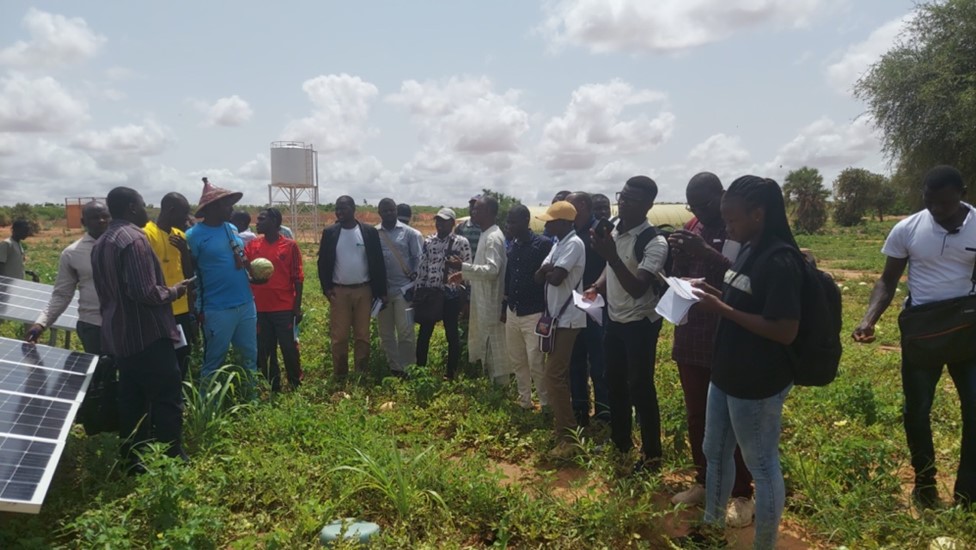
Mr. Abdou Maman Kane: Implementing Wahaless Smart Farming involves significant changes for farmers, including the adoption of new biological and chemical practices (soil analysis, mineralogy, biomass management) as well as the use of digital tools (automated irrigation, data storage, localized distribution).
The continuous monitoring and optimized water management add an extra layer of work for producers. Additionally, traditional farming communities in the region can be conservative and hesitant to adopt new methods. Further, without catalytic leverage, they may struggle to adopt low carbon agroecological practices.
Low-income levels and high illiteracy rates can lead to reluctance in adopting practices like controlling soil organic carbon mineralization or planting living hedges or windbreaks, which have little immediate market value.
To address these socio-economic and technological hurdles, Wahaless proposes utilizing the voluntary carbon market. Farmers who participate in the program can receive financial incentives for adopting low-carbon practices and sequestering greenhouse gases by certifying their carbon footprints and offsetting their certified carbon markets. This financial support can make the transition more feasible and attractive by offsetting the initial costs of new technologies and practices.
Mr. Abdou Maman Kane: The Wahaless Smart Farming Tool, particularly the Tele-Irrigation device, is protected by two patents issued by the African Intellectual Property Organization (OAPI). These patents offer a competitive edge when competing for government contracts in Niger based on the country’s procurement code.
It also enhances the technology’s credibility on the global stage. For example, the Tele-Irrigation invention won the World Water Grand Prix in 2015 because of its patent status. The patent also raises the profile of the technology in national and international media, bolstering its reputation and reach.
Mr. Abdou Maman Kane: Niger has a liaison unit with OAPI situated in the Agence Nationale de la Promotion de la Propriété Intellectuelle (AN2PI). Niger also provides support to innovators, including a subsidy of 80% for the cost of analyzing the application, technical assistance in prior art and state of the art research, as well as access to patent classification database.
Territorial limitations remain a challenge. OAPI’s coverage extends only to 20 African countries, lacking a straightforward mechanism for patent extension. This may expose the technology to potential copying outside this region.
Wahaless Smart Farming offers a promising solution for empowering small-scale farmers in arid and semi-arid areas. The system’s benefits extend beyond increased productivity and resource efficiency. By promoting sustainable agricultural practices, Wahaless can contribute to climate change mitigation, reduce rural migration, and enhance local economic development. This innovative approach has the potential to create a more resilient and sustainable agricultural future for some of the world’s most vulnerable populations.
In summary, Wahaless Smart Farming represents a significant advancement in addressing the complex challenges of farming in arid regions. By integrating advanced technology with sustainable practices, it offers a comprehensive solution that empowers farmers, improves livelihoods, and contributes to global climate goals.
This initiative aims to serves as a model for similar environments worldwide, showcasing the power of innovation and community participation in creating a sustainable future.